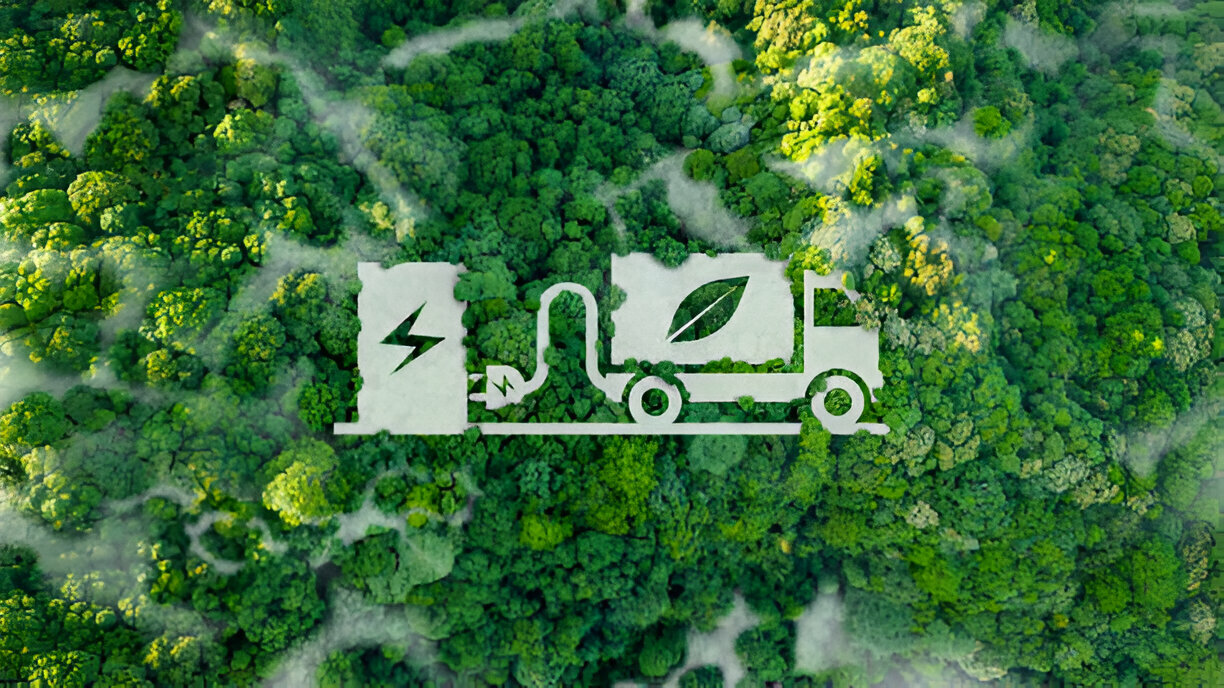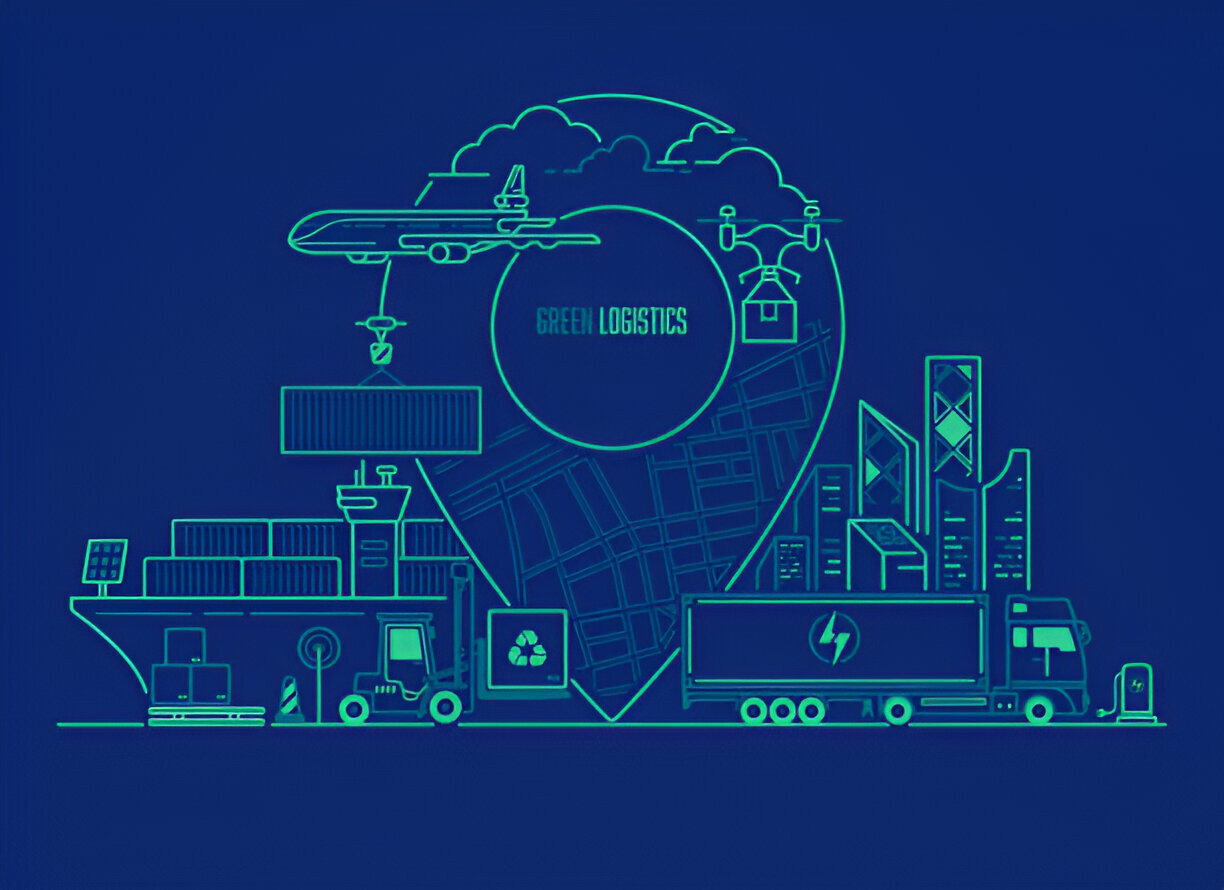Sustainability in Logistics: Challenges and Solutions
In today’s world, sustainability has become a critical focus for businesses across all sectors. For the logistics and supply chain industry, the challenge of reducing environmental impact while maintaining efficiency and profitability is more significant than ever. GWX blog post explores the environmental impact of logistics, the challenges faced in adopting sustainable practices, and the innovative solutions companies can implement to create a greener future.

Challenges in Adopting Sustainable Practices
While the need for sustainability in logistics is clear, several challenges hinder the widespread adoption of greener practices:
- High Costs: Implementing sustainable solutions often requires significant upfront investment in new technologies, infrastructure, and training. These costs can be a barrier, especially for small and medium-sized enterprises (SMEs).
- Complex Supply Chains: The global nature of supply chains involves multiple stakeholders, making it challenging to coordinate and enforce sustainable practices across all levels.
- Regulatory Compliance: Navigating varying environmental regulations across different countries and regions can be complex and time-consuming.
- Technological Limitations: While technology plays a crucial role in sustainability, not all companies have access to or can afford the latest innovations.
Solutions for Sustainable Logistics
Despite these challenges, there are several effective solutions that companies can adopt to enhance sustainability in their logistics operations:
Optimizing Transportation
- Route Optimization: Using advanced software to plan the most efficient routes can reduce fuel consumption and emissions.
- Modal Shift: Shifting from road transport to rail or sea, which are more environmentally friendly options, can significantly reduce carbon footprints.
- Electric Vehicles: Investing in electric or hybrid vehicles for transportation and last-mile delivery can cut down on emissions and reduce reliance on fossil fuels.
Energy Efficiency
- Green Warehousing: Implementing energy-efficient lighting, heating, and cooling systems in warehouses can reduce energy consumption. Using renewable energy sources, such as solar or wind power, can further minimize environmental impact.
- Smart Logistics: Utilizing IoT devices and sensors to monitor and optimize energy use in real time can lead to significant energy savings.
Sustainable Packaging
- Eco-Friendly Materials: Using biodegradable, recyclable, or reusable packaging materials can reduce waste and environmental pollution.
- Packaging Optimization: Designing packaging to minimize material use without compromising product protection can decrease the volume of waste generated.
Sustainable Packaging
- Supplier Engagement: Working closely with suppliers to adopt sustainable practices across the supply chain can create a ripple effect, promoting sustainability at all levels.
- Industry Collaboration: Participating in industry initiatives and collaborations can help share knowledge, resources, and best practices for sustainability.
Technological Innovation
- Blockchain for Transparency: Using blockchain technology to enhance supply chain transparency can help track and verify sustainable practices, ensuring compliance and accountability.
- AI and Big Data: Leveraging AI and big data analytics to optimize logistics operations can lead to more efficient resource use and reduced environmental impact.
Sustainability in logistics is not just an option; it is a necessity for the future of our planet. While the challenges are significant, the solutions are within reach. By adopting greener practices, leveraging technology, and fostering collaboration, companies can reduce their environmental impact and create a more sustainable supply chain.

Stay tuned for more insights and updates on how the logistics and supply chain industry is evolving to meet the challenges of sustainability. Follow us for the latest trends and best practices in creating a GREENNER and more EFFICIENT supply chain.

This is a very good read and insightful. You guys should keep this up.